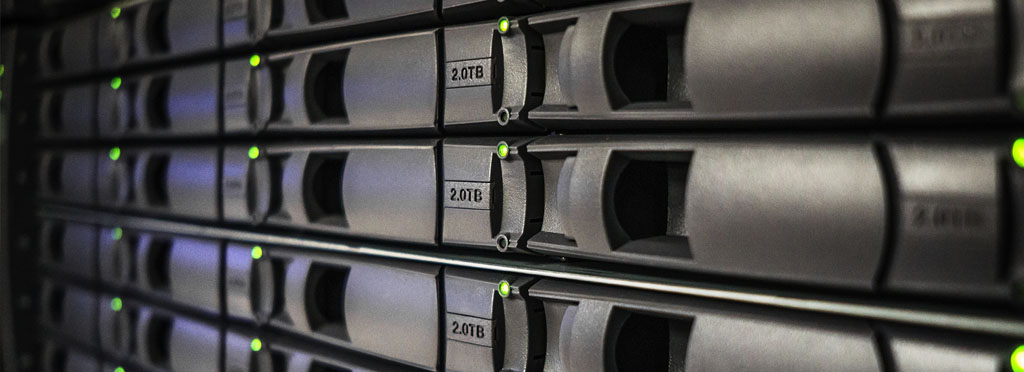
People generate 2.5 quintillion bytes of data each day.[1] That’s a consequential amount of information. So, failing to adapt with the ever-changing threat landscape may wipe your share of this data instantaneously. Ransomware more than doubled in frequency in the past year, making up 10% of confirmed breaches.[2]
You don’t need to panic even though there is a lot of fear surrounding cybersecurity. There are several steps you can take to better protect your business. One of our top recommendations is to make data backups a part of your cybersecurity plan. Organizations that do not routinely back up important data make themselves vulnerable to many evolving cyberthreats.
From hard drive failures, ransomware attacks, human error, or natural disasters, data loss can happen for many reasons. No matter what the reason is, data backups provide the relief you need by helping restore data on your devices when an incident occurs.
When you choose to venture into your data backup journey to help protect your business and create continuity, there are a few myths you’ll encounter. We’ve listed the four most common data backup myths you might hear today:
Debunked Backup Myths
Myth 1: Data Backups are Expensive
Losing data can have a ripple effect on your business that results in productivity loss, downtime, regulatory fines, and even reputational damage. The costs of those setbacks are usually much higher than the cost of a data backup solution.
Myth 2: You Only Need One Data Backup Copy
3-2-1 is a data backup strategy recognized as best practice. That’s because it involves having at least three copies of your data: one off-site, and two on-site but on different mediums/devices.
- Three copies of data: The ideal situation is to always have at least two additional copies of your data, in addition to your original data.
- Two different mediums: This means keeping two copies of your data on different storage devices such as an internal hard drive and a removable storage device such as an external hard drive or USB.
- One offsite copy: To help safeguard against worst-case scenarios, keep one copy of your data off-site.
Myth 3: Having Multiple Copies Guarantees Successful Backups
While having multiple copies of your data when you practice the 3-2-1 strategy is smart, it doesn’t guarantee backups will operate as anticipated.
Businesses that follow the 3-2-1 strategy usually keep the original data and a copy of it onsite while another is transmitted to a secure, offsite destination, like the cloud.
Besides creating additional backup copies, you should routinely check to confirm that your backups are working properly since they may still be susceptible to user error or data corruption. Regularly test your backups or outsource the task to a managed service provider (MSP) you trust.
Myth 4: Disaster Recovery and Data Backup Are One in the Same
This misconception comes from the fact that so many people don’t understand the difference between disaster recovery and data backup. Though both disaster recovery and data backup are critical components of business continuity, they aren’t the same.
Data backups happen when you back up vital data, and disaster recovery is the action you take to recover those backups. You can tell these apart from one another because data backups are defined by the recovery point objective (RPO), which is the quantity of data that must be restored to maintain operations, and disaster recovery is defined by the recovery time objective (RTO) which considers the time it takes to recover.
Partner for Success
Protecting your organization from data loss on your own can be overwhelming. Thankfully, we’ve got your back.
At TechSeven Partners, we make it easier for you to implement a long-term security and data backup strategy that meets IT and endpoint device security and data protection requirements – especially as there are likely new, growing cyberthreats that target vulnerabilities you may not have considered. For a free consultation, contact us today.
[1] Techjury.net
[2] Verizon 2021 DBIR
